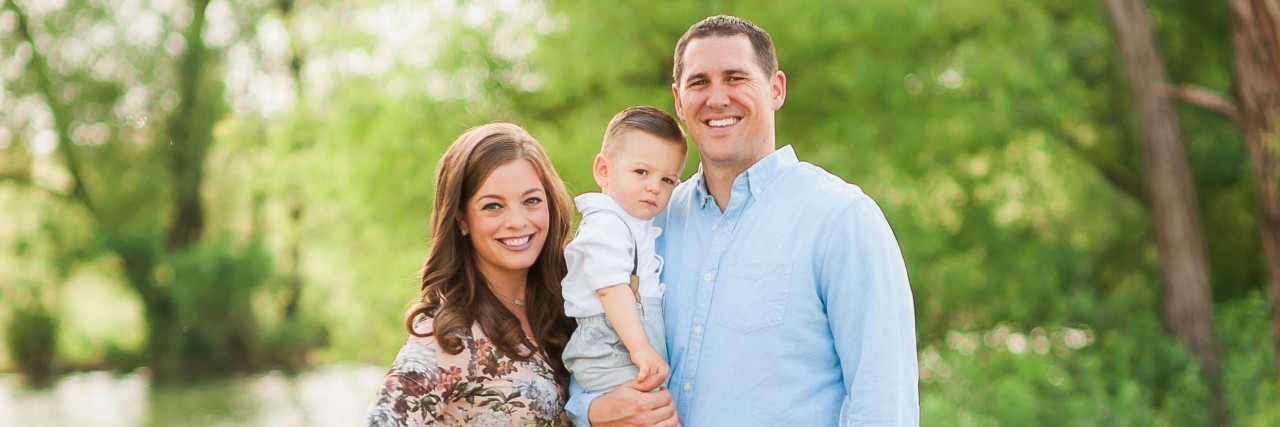They say a picture is worth a thousand words, but what exactly are those words? What’s the worth of something that’s carefully curated, filtered and posed?
I’ll tell you. I’m a recovering pretend-post addict, after all.
Our most recent family photos were met with many words of praise: “Your children are beautiful!” “You look so gorgeous!” and predominately, the most gutting: “You have the perfect family.”
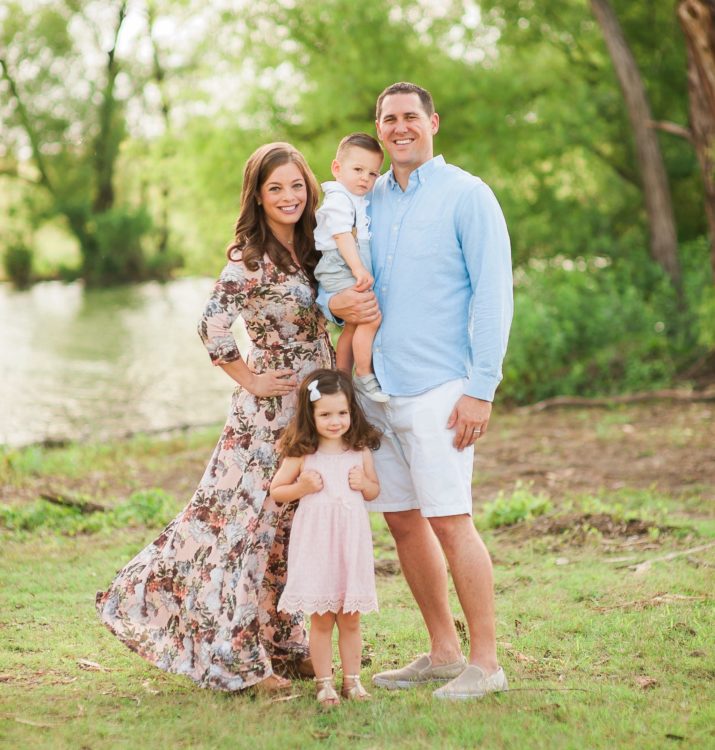
No one could’ve known I was reading those comments with a pit in my throat, probably from the comfort of my bed, the one I refused to leave even for meals. It would be impossible to predict that behind closed doors I was crumbling — a woman on the verge of a mental break. One who had spent the last few years trying to save that very same “perfect” family.
You see, a picture is only worth the story behind it, and no one knew mine.
I was a wife, mother, sister, and friend to the outside world. I smiled on cue. I showed up to play dates, performed accordingly, dressed my kids well. I had a husband with a good job and a pretty home. That’s what they saw: a life tied up in a nice little bow.
But here’s what was really going on behind our picket fence.
Let’s start with my husband.
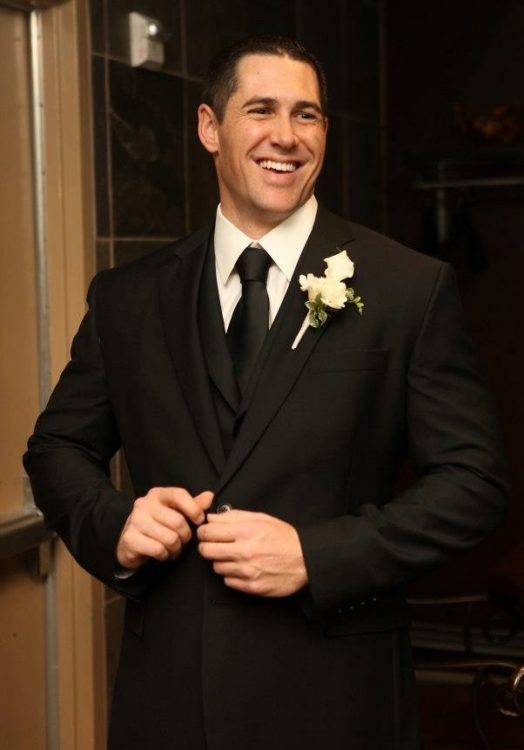
He’s traditionally handsome and hardworking. A provider, a sacrificial and serving man. He doesn’t always have a lot to say, but I suppose it works well for us since I’ve been given the gift of gab. He’s a former athlete in his early 30s, and on any given day if you saw a photo of him you’d have no idea he has a failing heart.
That’s right. My husband has flatlined — twice.
In the summer of 2016, I found him unresponsive on our bedroom floor. His heart had stopped, and as it turns out, it is broken beyond repair. He has a rare form of an already rare disease, hypertrophic cardiomyopathy, and will need a transplant to continue living.
The other kicker? This condition is genetic. Our young daughter and son have a 50-percent chance of having it as well.
No way to see that in a photo.
And then there are my children. My daughter (now 4) reads on a fifth-grade level. She spoke in sentences at 13 months old. She remembers every statistic from every show, book, movie or random conversation you’ve ever had with her. She was scouted by a modeling agency as a toddler, except I’m a horrible stage mom who wouldn’t miss nap time to take her to auditions. While other kids cried at new people or places, she ran in with ease. She’s an open-armed, loving, intelligent girl. Who’s also on autism spectrum.
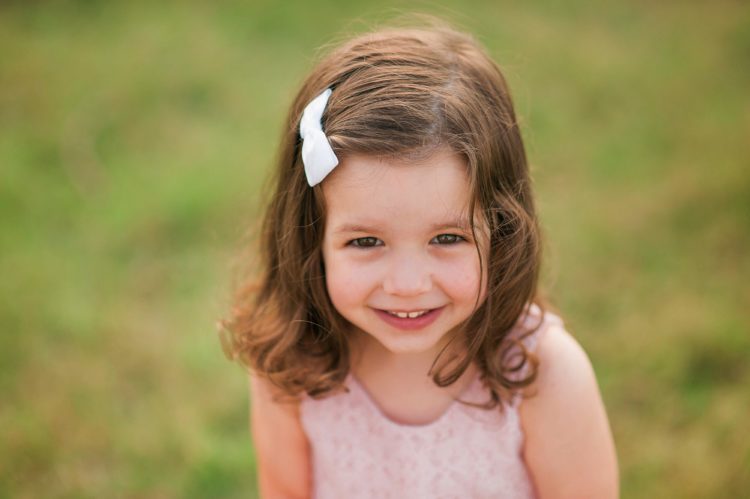
No way to see that in a photo.
Next up is my son.
He’s 2 years old with a size 11 foot. He’s physical and coordinated and can kick a ball well into a scholarship future. He’s the happiest kid I’ve ever met and oh, so handsome. That dimple does me in. He likes donuts, parks, putting things together, and thinks his sister hung the moon. He carries in my groceries and can’t go to bed without at least three kisses. I wish I could clone his happiness and drink up his smile. My son is magical. And yes, he’s also on the spectrum.
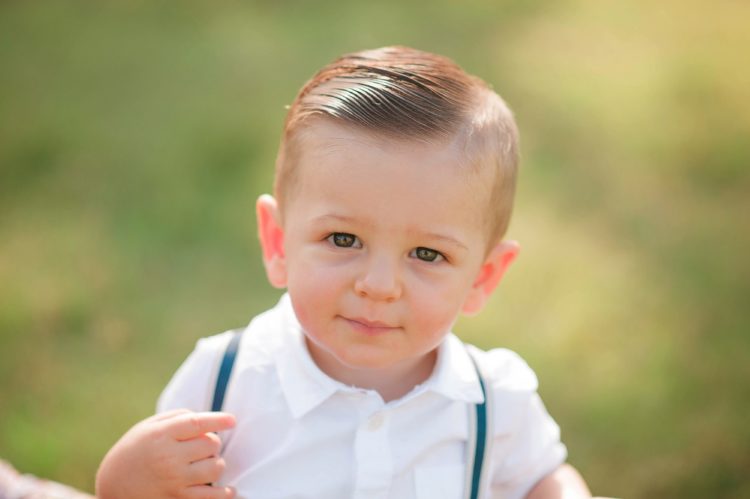
No way to see that in a photo.
And that leaves me.
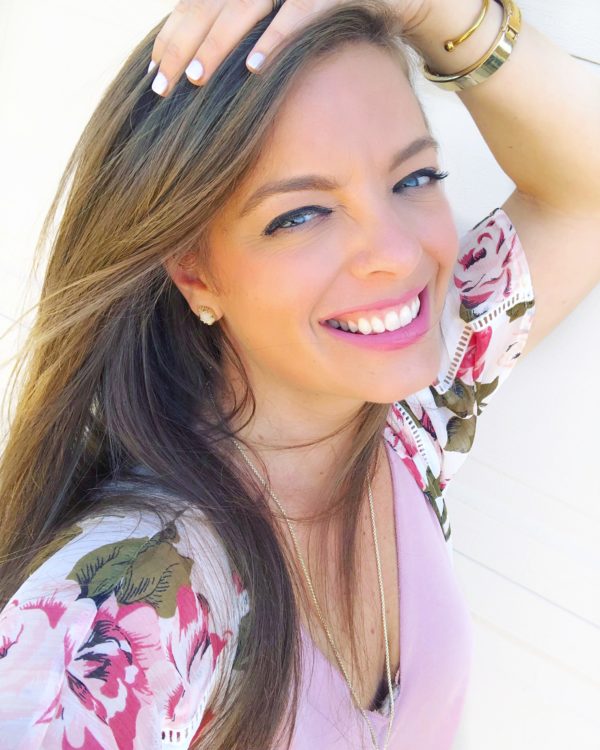
It hasn’t just been a few years of hiding in plain sight. It’s been my entire life. I’ve always wanted to blend in, and that came at a high cost: never knowing who I truly was. I considered myself a chameleon, which was a good trait to have if you wanted to please the masses (or men) but a detriment if you desired real relationships. Very few people actually got a look behind my veil, and that is probably why very few people have lasted in my life.
So here’s my real portrait:
I am a child who was abused by her father at 3 years old. A girl from a small town who developed a great imagination and used it as an escape into the world of reading and writing. A teenager who slept with someone who wasn’t her age — actually, who was six years older — and although consensual, it was also illegal. Add statutory rape to the list.
I was a young woman who hopped from relationship to relationship — admittedly, sometimes they even overlapped (how dare I be alone for even one second?). I loved deeply — everyone except myself. I became a nurse because it was safe. I had a stalker, a professor who propositioned me, and cancer, twice. I moved to a new city on a whim, knowing no one. I was single for the first time in my entire life at 25 years old, and that’s when I met my husband. Cue the white knight.
I married, settled into suburban life, tried to start a family, and had two miscarriages. Then I had my daughter, my son, and found my husband on the floor almost dead. Anxiety and depression have cycled through my veins my entire life, but now they are back with vengeance. Right along with low self-esteem and body image issues.
Glamorous, huh?
There’s a lot of beauty sprinkled in there too, but chances are that’s already public knowledge. I had no problem sharing my highlight reel; it was all this other stuff I kept hidden for far too long.
So why can I say all of that now without breaking a sweat?
Well, it’s because of that perfect photo.
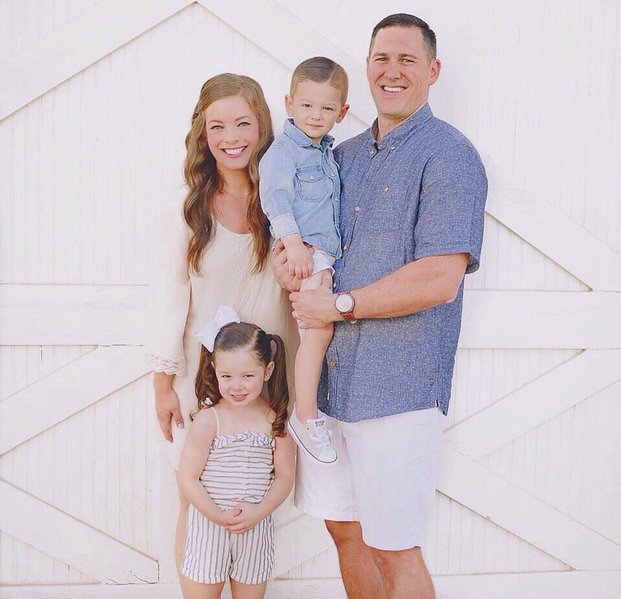
The day my daughter was diagnosed with autism I opened a private Instagram account just for myself. I used it as a journal, as a means to post the not-so-pretty. It
freed me to be seen, and yet still remain unseen, because at the time I was fully committed to hiding who I really was.
But when I posted our family photos, and the comments rolled in about my “perfect” family, I felt so icky about my half-truth life I decided to open up my private account for all to see. I was shaking as I hit the submit button, but as soon as I saw responses with a resounding message of “me too,” I knew I was home. I was finally accepted — mainly, most importantly — by myself.
We all have a private versus public image, and that’s OK. There are things we show the outside world, and there are things we keep close. But the problem becomes when there’s no overlap. When you lead such a duplicitous life that you start saying (or posting) things you don’t even mean, feel, or believe. That may get you a million acquaintances, but in my experience humans in our core desire connection. And
there’s just no way to get that through perfectly filtered photos and carefully worded posts.
Not all stories need to be told on such a grand scale. My liberation was a long, long time coming. But the lightness I feel now trumps any fake feeling I had before. So if there’s a private image you want to make public, do it. Maybe even share it with one person first. It frees the space for others to follow, or at the very least, understand you
better.
No risk, no reward.
And I promise when you do so, not only can your island of isolation shrink, the picture of your life will be worth way more than a thousand words.
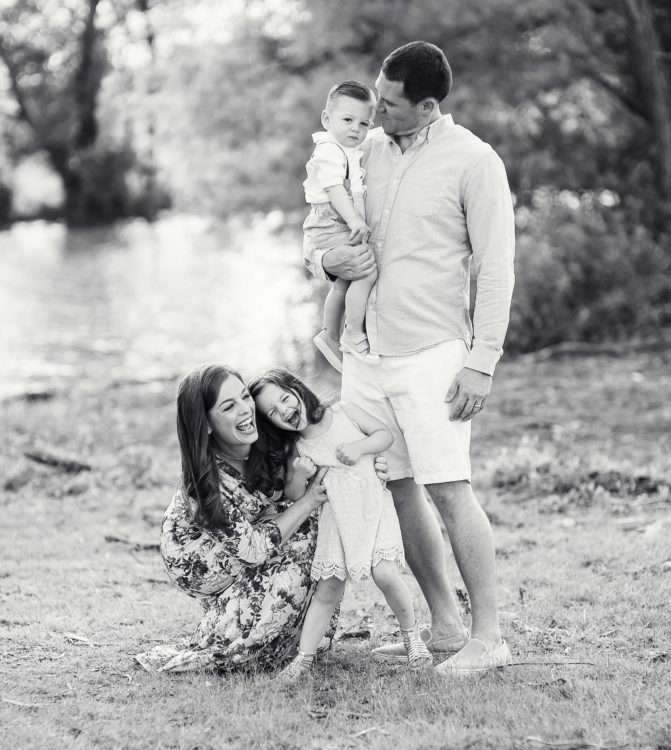
Follow this journey on Tinkles Her Pants, Instagram and Facebook.

